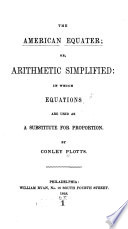 | Conley Plotts - Arithmetic - 1848 - 278 pages
...Payments. Multiply each payment by its TIME (in the same denomination,) and divide the SUM of these products by the SUM of the payments, the QUOTIENT will be the EO.UATED TIME in months if the time of the payments were months, or days, if days, &c. NOTE. — From... | |
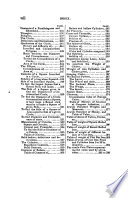 | Thomas Rainey - Arithmetic - 1849 - 320 pages
...Multiply the sum of each payment by its time, add the several payments: then, add their products ; and divide the sum of the products, by the sum of the payments. The several periods of time must be of the same denomination ; tither days, months, or y'ars, separately... | |
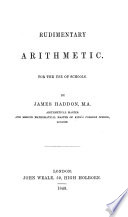 | James Haddon - Arithmetic - 1849 - 144 pages
...payments, due at different times, should be paid at once. BULE. Multiply each payment by its time, and divide the sum of the products by the sum of the payments. PARTNERSHIP. Partnership or Fellowship is a method of finding the shares in the profit or loss of several... | |
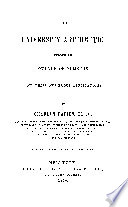 | Charles Davies - Arithmetic - 1850 - 412 pages
...dividing 48 (the sum of the products) by $6, (the sum of the payments.) Hence, to find the mean time, Multiply each payment by the time before it becomes...the sum of the payments : the quotient will be the mean time. EXAMPLES. 1. B owes A $600: $200 is to be paid in two months, $200 in four months, and $200... | |
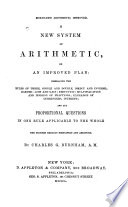 | Charles Guilford Burnham - 1850 - 350 pages
...seventy-five months, 75 ---15=5 months, the answer. Hence the RULE. Multiply each payment by the time when it becomes due, and divide the sum of the products by the sum of the payments, and the quotient will be the time required. 2. A merchant has owing him $420, to be paid as follows... | |
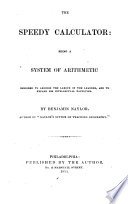 | Benjamin Naylor - 1850 - 334 pages
...the above illustration we infer the following RULE. Multiply each payment by the time at which it is due, and divide the sum of the products by the sum of the payments, and the quotient will be the equated time. 2. E owes G $2400, of which $480 are to be paid at 5 months,... | |
 | Roswell Chamberlain Smith - Arithmetic - 1850 - 314 pages
...1. RECIPROCATE, [L. recipricus.'} To exchange ; to interchange; to give and return mutually. several products by the sum of the payments; the quotient will be the mean or equitable time for the payment of the whole.* 11. A owes B $200 to be paid in 6 months, $300... | |
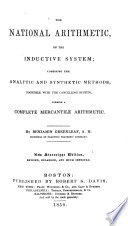 | Benjamin Greenleaf - Arithmetic - 1850 - 368 pages
...the propriety of the following RULE.* — Multiply each payment by the time at which it is due; then divide the sum of the products by the sum of the payments, and the quotient will be the true time required. • 2. A owes B $ 300, of which $ 50 is to be paid... | |
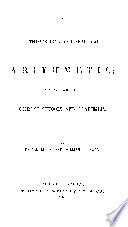 | Daniel Leach - Arithmetic - 1851 - 280 pages
...average time for the payment of several sums, due at different periods. 244. RULE. Multiply each sum by the time before it becomes due, and divide the sum of the products by the sum of the payments. OBS. 1. This rule has "been considered by many as incorrect ; but it is as correct as any rule founded... | |
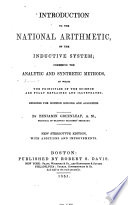 | Benjamin Greenleaf - 1851 - 332 pages
...of the whole. Hence the following RULE. — Multiply each payment by the time before it is due, then divide the sum of the products by the sum of the payments, and the quotient will be the true time required. NOTE 1. — This is the rule usually adopted by merchants,... | |
| |